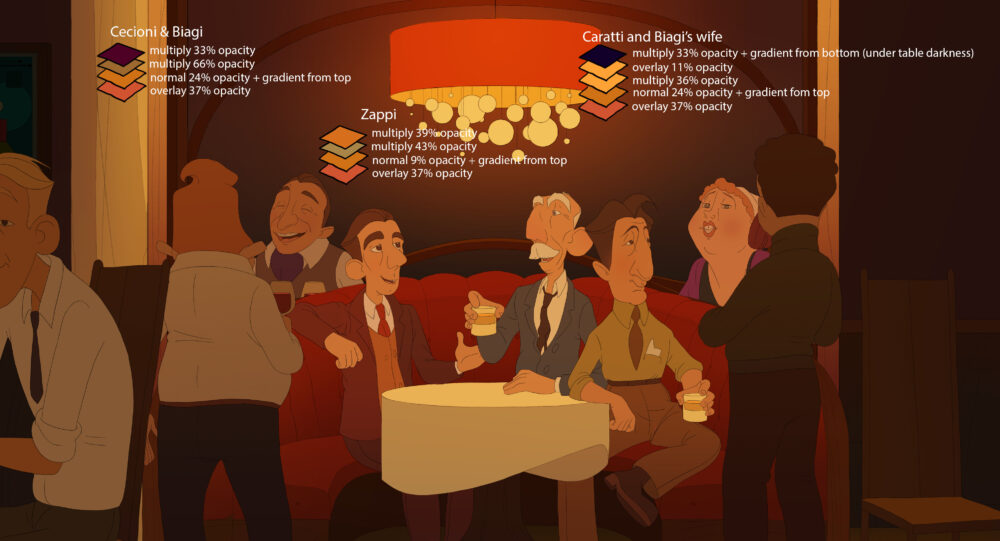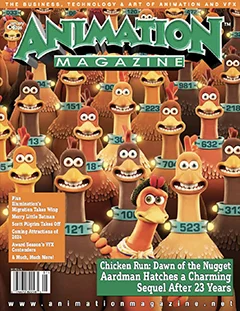|
Getting your Trinity Audio player ready...
|
Director Kajsa Næss comments on the colorful simplicity of her acclaimed Norwegian-Belgian animated feature, Titina.

I have often based my films on real characters and events, and my feature debut Titina is no exception. The story is inspired by two larger-than-life — and a bit crazy — airship flights to the North Pole in 1926 and 1928, where the small terrier Titina came along. If it was not for the documentary images to prove that these expeditions actually took place, I think it would have been hard for people to believe it. To me, the images of a gigantic airship in polar surroundings is both beautiful and absurd.
The natural landscape around the North Pole is vast and endless; I wanted to underline the scale. In the story, these big heroes end up quarreling over the honor that should have been big enough to share. I seek to create a contrast between these small feelings and the grandness of both nature and the endeavor itself.

As the story takes place in the 1920s, we wanted the visuals to pay tribute to that era. Art director Emma McCann found inspiration in the drawings of Scottish architect Charles Rennie Mackintosh (1868-1928) — his swirling linework and art nouveau style became the basis for the film’s look.

Emma has a tremendous sense of color, and we use color to distinguish between Italy (where the story begins), Norway and, finally, the North Pole. We also made a deliberate choice to avoid using a lot of shadows in the film, so the sense of depth and the lighting is simply created by color. The characters had their base colors, and then Emma adjusted the colors for every single shot to ensure integration and create the illusion of shadow.

Even if the film is inspired by true events, it was important to me that we were making an animated movie. There had to be room for imagination and playfulness. Also, I wanted to avoid showing the actual airship crash that took place, as it might be too much to bear for a family audience. The solution was to turn the crash into a trippy dreamy sequence where we experience it through the eyes of Titina. Emma did a wonderful job creating a kaleidoscopic, symphonic background rigged for a tricky camera movement.

For the characters, I worked with the terrific newspaper cartoonist Siri Dokken. Siri has an irreverent approach to powerful and iconic people that I felt resonated well with the project. Her characters are also juicy and fun to animate, but we spent a long time defining a style that would be manageable to work with for the animators.
Titina was released in several European territories in 2023, and had an Oscar-qualifying theatrical engagement in L.A. in July. The film is currently streaming on The Animation Showcase platform.
Directed by Kajsa Næss and produced by Lise Fearnley, Tonje Skar Reiersen and Viviane Vanfleteren, Titina is a production of Mikrofilm (Norway) and Vivi Film (Belgium). The polar adventure has screened at Animation Is Film, Annecy, Anima Brussels and the New York International Children’s Film Festival, and won the Award of Excellence at Tokyo Anime Award Festival. Les Films du Losange is handling Titina’s international sales.








 Win a Funko X Lilo & Stitch Prize Pack!
Win a Funko X Lilo & Stitch Prize Pack! 
